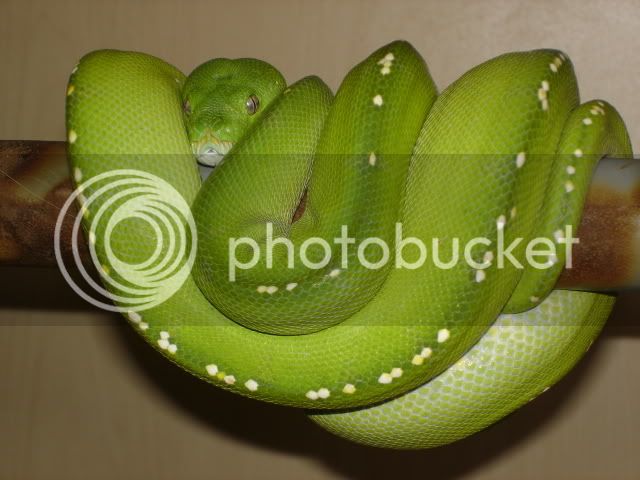There is not enough genetic difference between them to tell them apart. Both the Merauke and Australian forms of viridis are distinct from all other populations of GTP. The close proximity is the likley reason. The most likley scenario is that the Australian populations arre merely the last remnant of what was a much larger distribution in the past.
Climate change since the last glacial maximum , just 18,000BP has radically alterd the geography of the region as well as the ranges of the species that inhabit the area.
Since the land bridge between New Guinea and Australia became submerged, Parts of Australia have become more arid ,decreasing viridis habitat.
At the same time southern New Guinea seems to have become more wet, there are now only small fragmentary patches of savanah left along the southern coast. These are the only areas where species like carpets, frillies, and blue tongues are found.
This map shows the Sehaul Shelf just 18,000 years ago and illustrates this perfectly.


Climate change since the last glacial maximum , just 18,000BP has radically alterd the geography of the region as well as the ranges of the species that inhabit the area.
Since the land bridge between New Guinea and Australia became submerged, Parts of Australia have become more arid ,decreasing viridis habitat.
At the same time southern New Guinea seems to have become more wet, there are now only small fragmentary patches of savanah left along the southern coast. These are the only areas where species like carpets, frillies, and blue tongues are found.
This map shows the Sehaul Shelf just 18,000 years ago and illustrates this perfectly.






